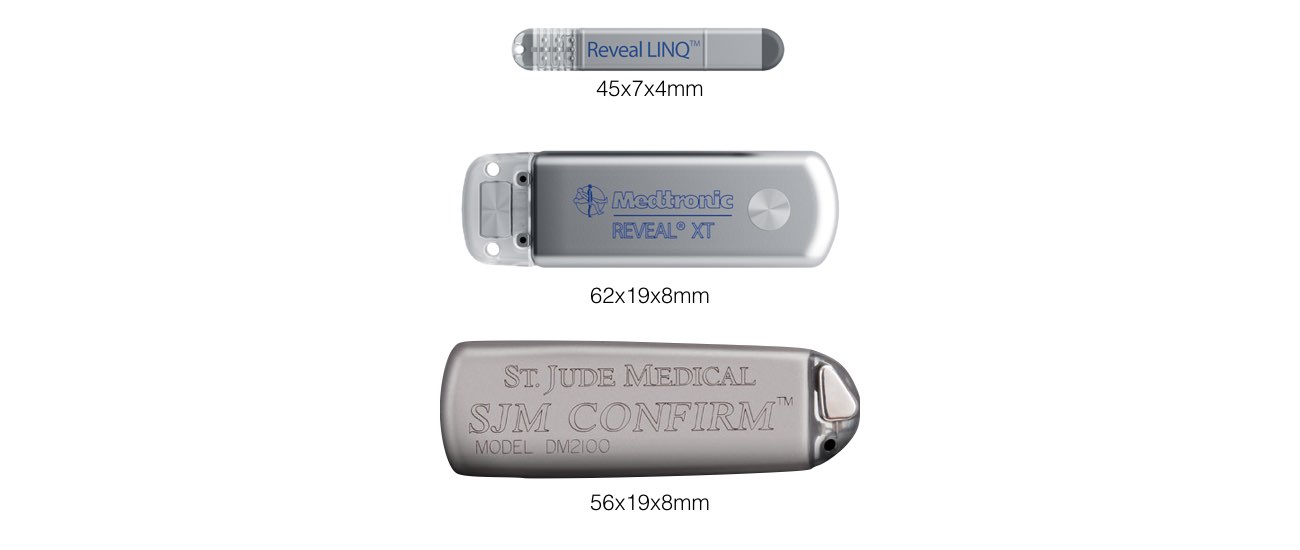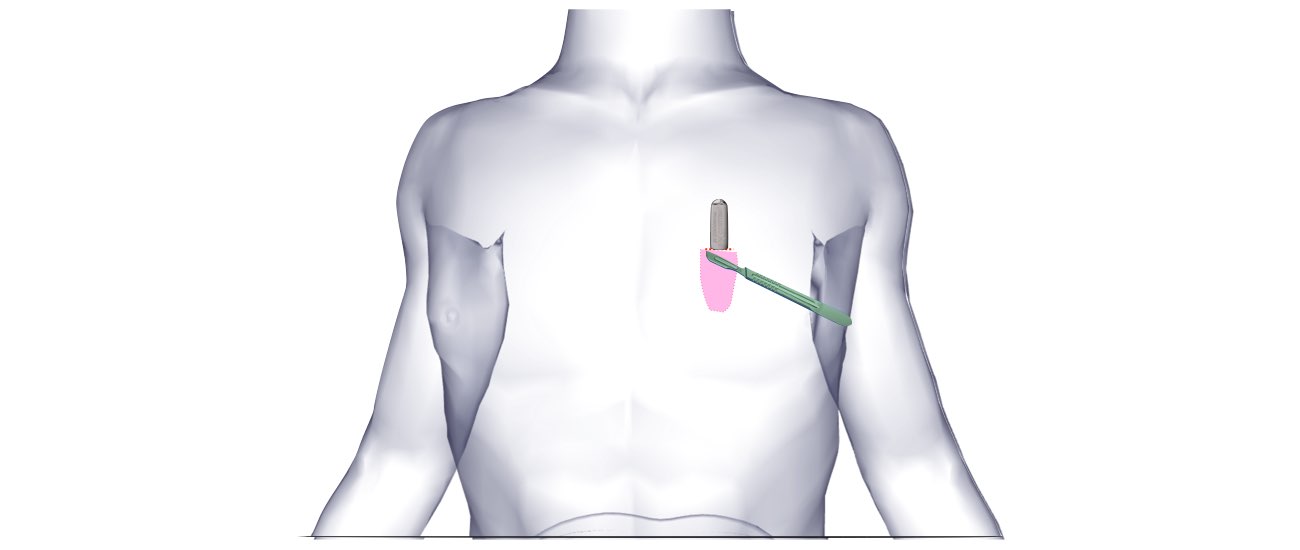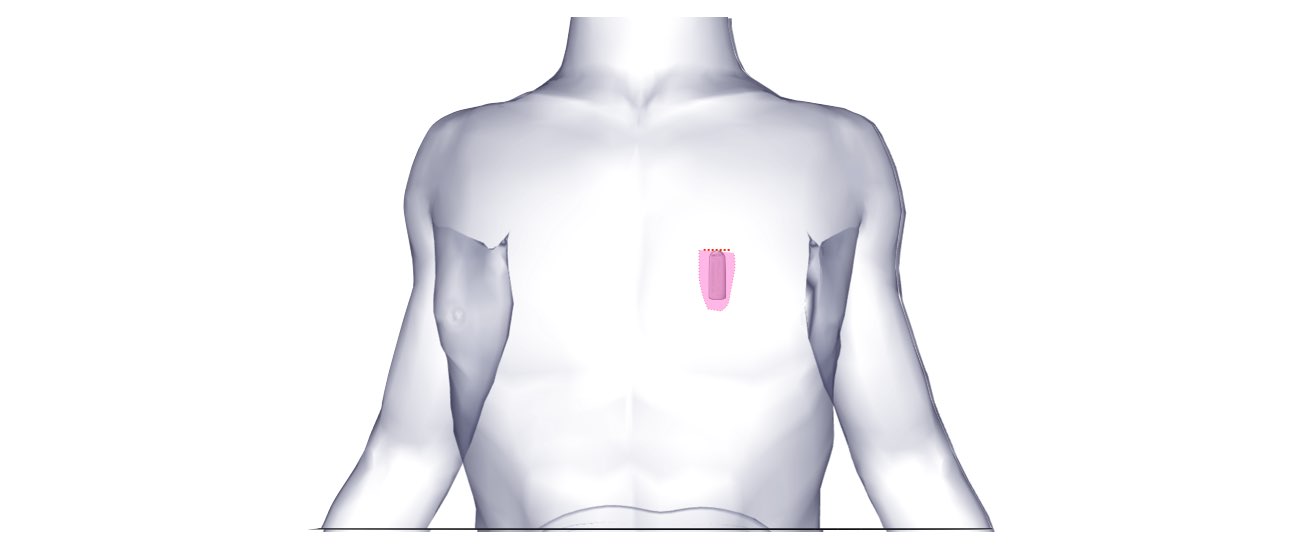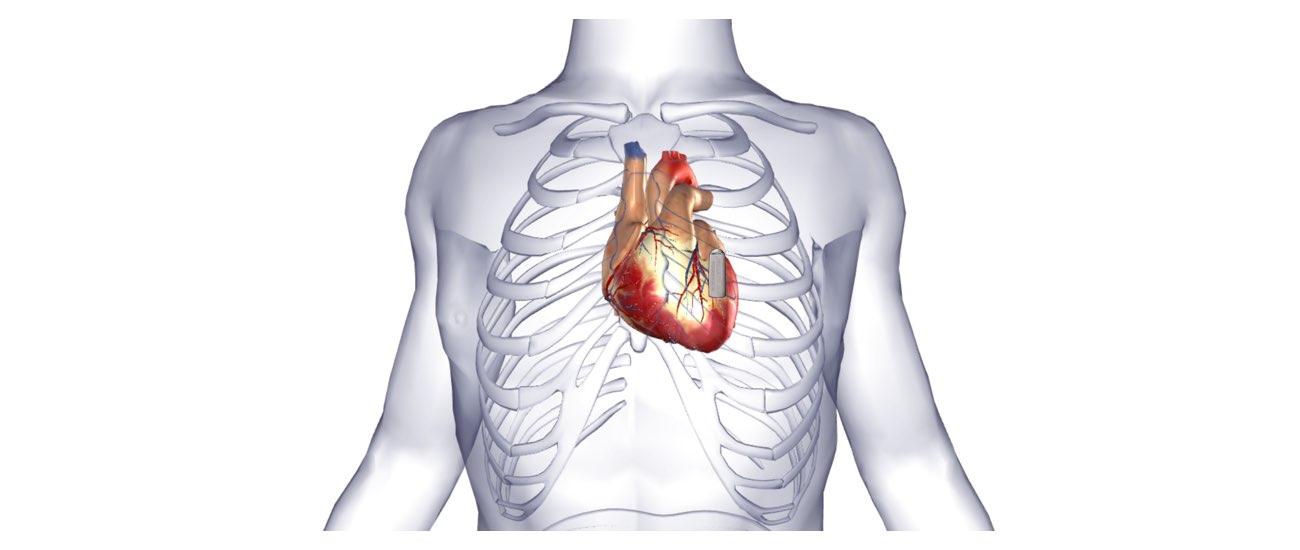PROCEDURE INFORMATION
What is involved in an Implantable Loop Recorder Implantation?
Insertion of an Implantable Loop Recorder is a very common procedure. It is performed under local anaesthetic with sedative medication to make you feel comfortable. The procedure takes approximately 15-20 minutes and is performed in the cardiac catheter laboratory. This is a special room that has a patient table, X-Ray tube, ECG monitors and other equipment. The staff in the lab will all be dressed in hospital theatre clothes and during the procedure will be wearing hats and masks.
Many ECG monitoring electrodes will be attached to your chest area. A nurse or doctor will insert an intravenous line usually into the back of your hand. This is needed as a reliable way to give you medications such as antibiotics and pain relief medications as part of the procedure.
The area is prepared with a special sterile solution that may feel cold. You will be covered by a large sterile sheet that will partly cover your face. You will be able to look out from under the sheet to the side and a nurse will be present at all times. You will be given oxygen to breathe by a small tube that is positioned under your nostrils or by a mask that covers your face.
A small ~2cm incision is made in the chest wall. A small pocket (shaded pink) is made underneath the skin to accommodate the device. The device is inserted into the pocket and the wound is then closed with dissolvable sutures. A small scar ~2cm will be visible initially but will fade with time.
The device is able to pick up the electrical activity from the heart from the outside of the chest without any wires as it sits in the tissue over the heart, just like an ECG.




